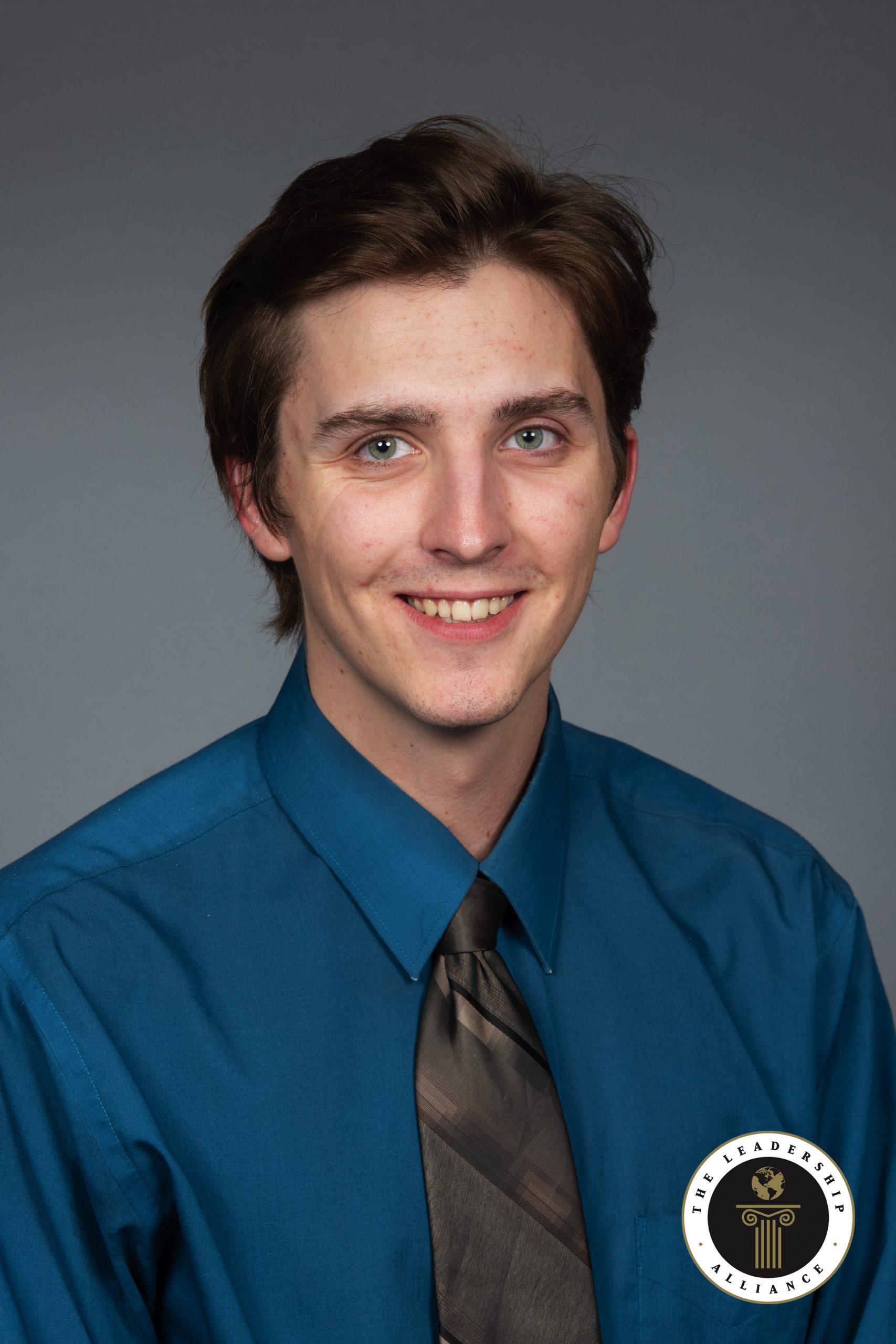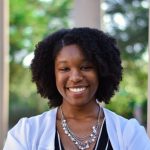Speaker
Luke MacHale
Speaker's Institution
Colorado State University
Date
2021-10-05
Time
4:00 pm
Location
Chemistry A101
Mixer Time
3:45 pm
Mixer Time
Chemistry B101E
Calendar (ICS) Event
Additional Information
Literature Seminar
Chalcogen bonding is a non-covalent interaction involving a Lewis acidic chalcogen (S, Se, Te) atom and a Lewis basic nucleophile that largely involves electrostatics, charge-transfer, and dispersion as well as reduction of repulsion to form an interaction that is generally stronger than hydrogen bonding (15-20 kcal mol-1).1 Non-covalent interactions are key functions of ion-transport across biological membranes, which are regulated by embedded pumps, channels, and carriers that maintain ion and pH homeostasis and dysregulation these mechanisms can result from genetic diseases such as cystic fibrosis.2 Synthetic carriers that utilize tunable non-covalent interactions allow for treatment of such diseases as well as targeted drug delivery. In this presentation, I will share how Gabbaï and Zhou leveraged the non-covalent chalcogen bond for transporting chloride ions through phospholipid bilayers using six Tellurium complexes with tunable Lewis acidity.3 Through this Lewis acidity, chalcogen bonding was quantified via density functional theory (DFT) methods and through overall ion transport. Their methods (experimental and theoretical) will be discussed as well as the future outlook for chalcogen bonding applications in anion transport.
(1) Vogel, L.; Wonner, P.; Huber, S. M. Chalcogen Bonding: An Overview. Angewandte Chemie International Edition 2019, 58 (7), 1880–1891. https://doi.org/10.1002/anie.201809432.
(2) Gale, P. A.; Davis, J. T.; Quesada, R. Anion Transport and Supramolecular Medicinal Chemistry. Chem. Soc. Rev. 2017, 46 (9), 2497–2519. https://doi.org/10.1039/C7CS00159B.
(3) Zhou, B.; Gabbaï, F. P. Redox-Controlled Chalcogen-Bonding at Tellurium: Impact on Lewis Acidity and Chloride Anion Transport Properties. Chem. Sci. 2020, 11 (28), 7495–7500. https://doi.org/10.1039/D0SC02872J.



